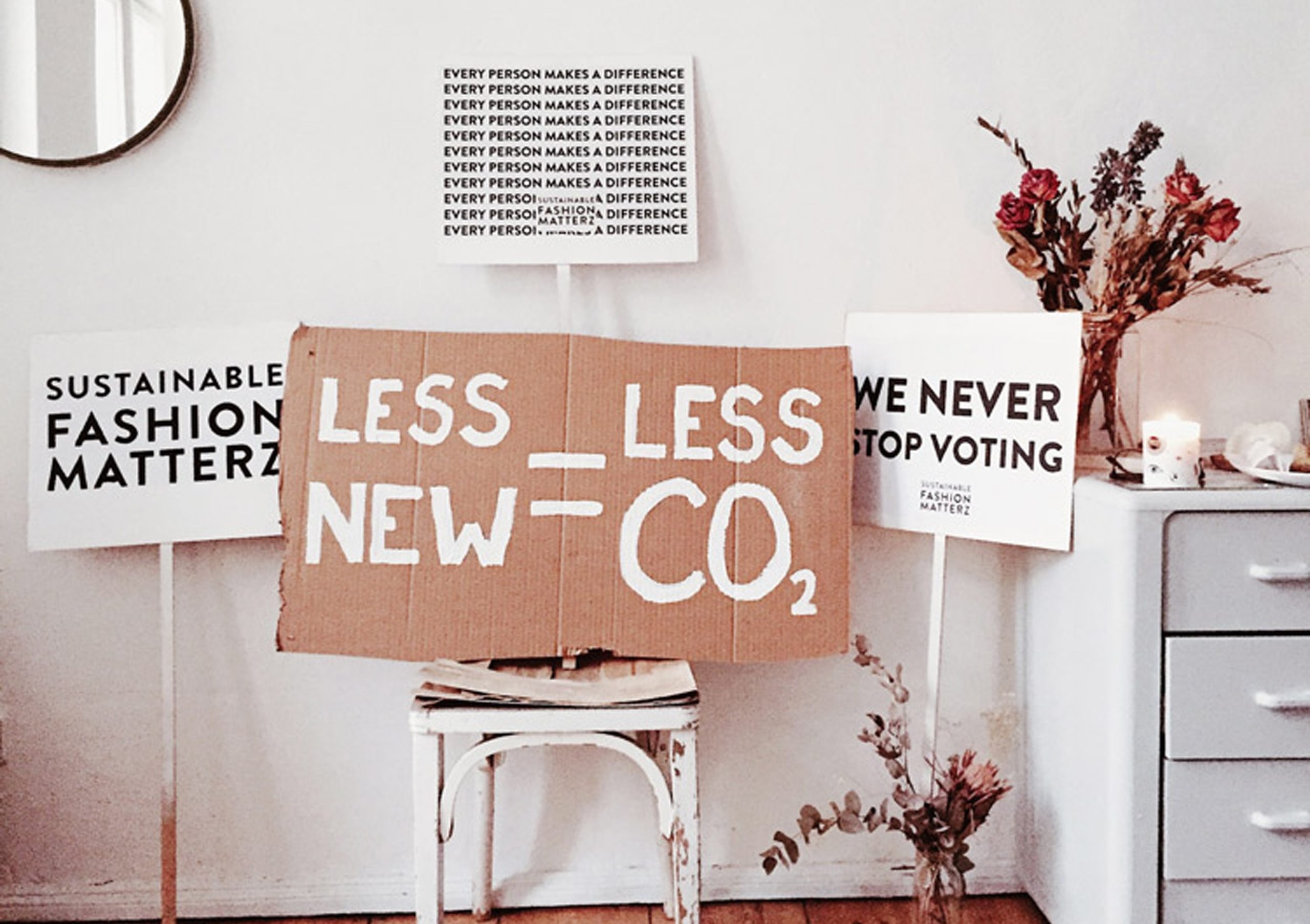The fast fashion industry relies on a quick and efficient supply chain due to short production cycles and quick turnaround times. It entails employing low-wage labor in countries with lax labor standards. Fast fashion manufacturers frequently outsource their manufacturing to developing countries to take advantage of lower production costs.
The fast fashion market was valued at around $35.8 billion in 2020. It is projected to reach a value of $44.8 billion by 2028, growing at a compound annual growth rate (CAGR) of 8.7% during the forecast period from 2021 to 2028. Several global retailers are prominent players in the fast fashion market, including Zara, H&M, Forever 21, Primark, and Uniqlo.
The reason behind fast fashion being famous
Fast fashion companies have expanded fashion’s reach by offering affordable apparel options. Customers may stay in style without going overboard with their high-end-inspired trendy clothing.
With outlets in several countries, fast fashion merchants have spread globally. Their products are more accessible thanks to their broad retail networks, both online and offline.Fast fashion companies invest much in marketing and advertising. They often work with celebrities, influencers, and fashion bloggers to promote their collections. Their brand recognition and popularity have improved due to this marketing strategy.
Fashion democracy and fast fashion bridge the gap between haute couture and everyday consumers. It has challenged the idea that fashion is only for the wealthy by offering stylish and affordable solutions that appeal to a broad spectrum of populations.
Fast fashion and environment
The fast fashion industry generates a significant amount of textile waste. Each year, approximately 92 million tons of textile waste are generated globally (Source: Ellen MacArthur Foundation). As much as 12% of fibers are still discarded on factory floors, 25% of fast fashion garments remain unsold, and less than 1% of products are recycled into new garments.
The impact is so severe that only the oil industry pollutes the environment more than fast fashion, contributing to climate disasters and human suffering. Due to the cheap nature of fast fashion, consumers hoard fast fashion For fear of missing out. However, only half of those clothes are worn, leaving the other half untouched.Fast fashion has created 52 micro-seasons a year instead of the traditional two seasons, Spring/Summer and Fall/Winter, so stores have new merchandise every week. Thus, 80 billion new clothes are bought annually. We consume 400% more than in the 1990s.
In addition, the issue of microplastic pollution is too big for the industry. As fast fashion heavily relies on synthetic fibers like polyester, nylon, and acrylic, which are derived from nonrenewable resources and have a negative environmental impact. Every wash of synthetic fiber garments releases a massive amount of microplastics into water bodies, contributing to plastic pollution.
Road to sustainable fashion
On the other hand, due to the rising concern among consumers, governments and NGOs – the demand for sustainable fashion has increased tremendously. According to researchandmarkets.com, the ethical fashion market reached a value of nearly $7.54 billion in 2022, having grown at a compound annual growth rate (CAGR) of 6.5% since 2017. The market is expected to grow to $11.12 billion in 2027 at a rate of 8.1%. The market is then expected to grow at a CAGR of 8.6% from 2027 and reach $16.81 billion in 2032.
The nature of sustainable fashion is that it promotes eco-friendly materials, reduces waste, and minimizes carbon emissions while prioritizing fair wages, safe working conditions, and workers’ rights. As sustainable fashion is not cheap like fast fashion – in the supply chain it increases the chances of fair wages and safety for the workers. And most importantly, sustainable fashion promotes recycling, upcycling, and renewable materials to reduce waste and dependency on new resources.
Moreover, sustainability in process, material, implementation, clothing brand, inventory, and supply chain can significantly affect fast fashion’s global status.Circularity and waste reduction are essential. And globally leading brands are increasingly using more and more, durable, reusable, and recyclable products.
It is necessary to track a product’s materials, chemicals, production practices, use, end of life, and social and environmental conditions to ensure fashion sustainability and create a circular fashion industry.
Blockchain technology keeps a decentralized, tamper-proof ledger of a garment’s life. Efforts like the Founder of Forbes & Fast Company and known as ‘Technology Pioneer’ Martine Jarlgaard worked with blockchain startup Provenance to create QR codes revealing the garment’s history are coming up. While companies like Eon is creating Circular ID software that gives each garment a digital fingerprint. It uses a digital ID in the clothing to track its life.
Fast fashion needs a better alternative in recent years and in the future. For society’s benefit, fast fashion should be replaced by sustainable fashion. Sustainability in the fashion industry requires sustainable materials, ethical labor practices, circularity, consumer education, and collaboration. By implementing these measures, the fashion industry can reduce its environmental impact, promote social justice, and create a more sustainable and responsible future. Sustainability must be a global trend in brands and communities. A sustainable future requires natural and human balance. The global goal should now be sustainable fashion.
